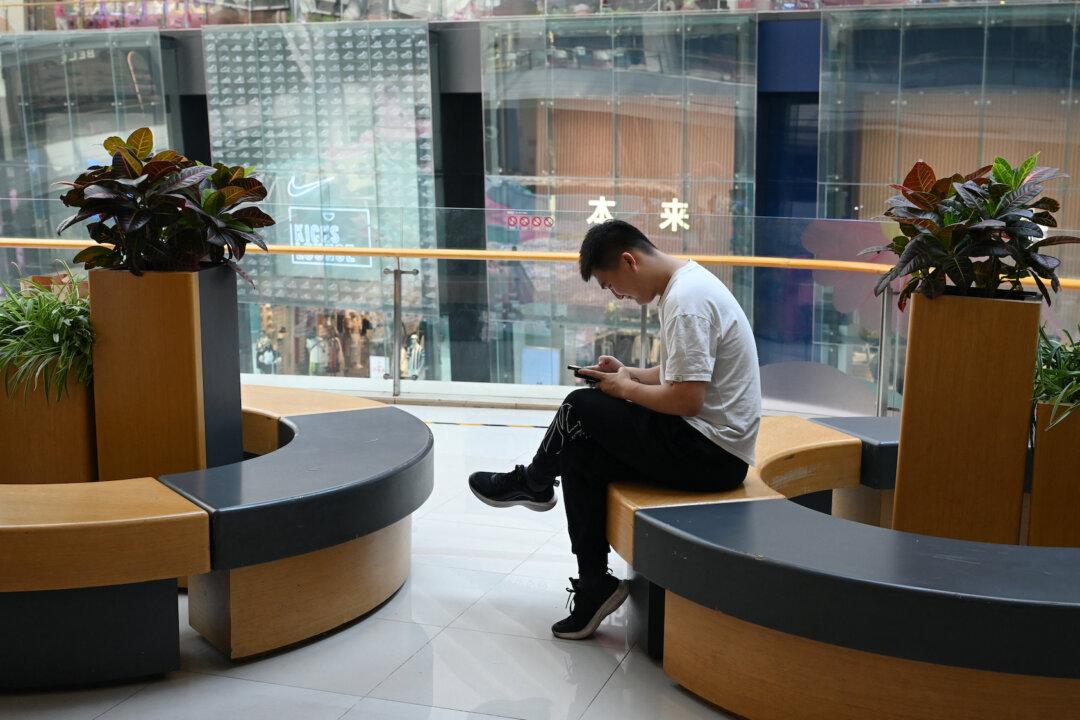News Analysis
In the last week of October, China experienced a decline in factory activity, with the manufacturing sector slipping into contraction. Meanwhile, growth in the services sector eased, highlighting the economy’s fragile state.

In the last week of October, China experienced a decline in factory activity, with the manufacturing sector slipping into contraction. Meanwhile, growth in the services sector eased, highlighting the economy’s fragile state.